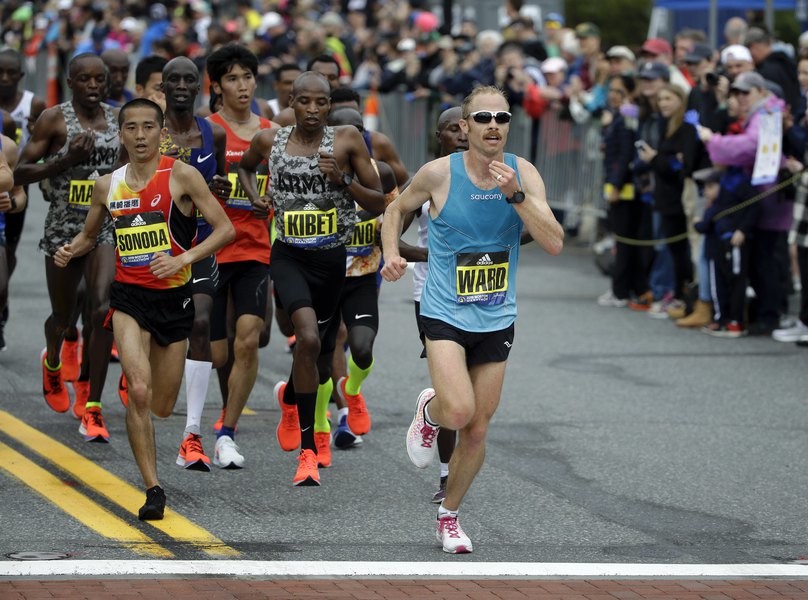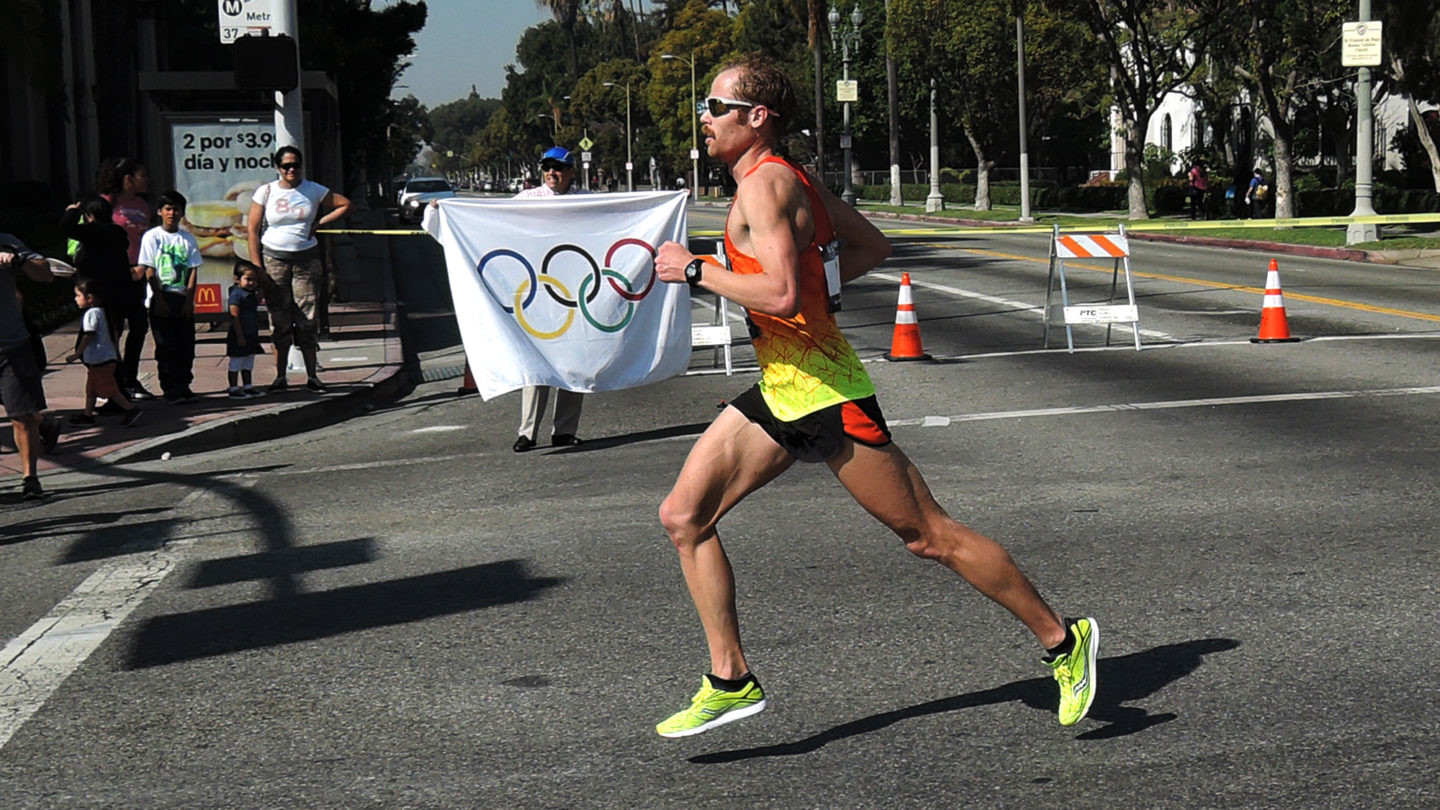Running News Daily
Running News Daily is edited by Bob Anderson. Send your news items to bob@mybestruns.com Advertising opportunities available. Train the Kenyan Way at KATA Kenya and Portugal owned and operated by Bob Anderson. Be sure to catch our movie A Long Run the movie KATA Running Camps and KATA Potato Farms - 31 now open in Kenya! https://kata.ke/
Index to Daily Posts · Sign Up For Updates · Run The World Feed
Olympian Jared Ward is Helping Saucony Develop Faster and more efficient Racing Shoes
“I only thought about shoes that were lighter, lighter, lighter,” admits Jared Ward, who finished third in Los Angeles and then a strong sixth at the Rio Olympics. “As far as we knew, that was the most important thing.” Ward wore a pair of Saucony Type A8 shoes in 2016; they weighed a mere 5.9 ounces.
Ward didn’t even notice the clunky-looking Nike shoes worn by Los Angeles Marathon Trials winner Galen Rupp. In Rio, Ward didn’t realize the top three finishers—Eliud Kipchoge, Feyisa Lelisa, and Rupp—wore similarly big, cushy Nike shoes. They were 0.6 ounces heavier than Ward’s shoes and twice as thick in the rearfoot.
After Rio, however, it didn’t take long for Ward and the rest of the world to learn about Nike’s revolutionary Vaporfly 4% shoes. Scientific testing at several labs showed the shoes could improve a runner’s efficiency by about four percent. (Study 1; Study 2). That’s a huge difference in a world where one percent gains are rare, if not downright illusory. The shoes combined a stiff carbon plate with a new, responsive, and lightweight midsole foam.
Then came the highly publicized Breaking2 marathon attempt on a car track in Monza, Italy. There Kipchoge clocked a previously unthinkable 2:00:25, indicating the Nike shoes were game changers.
To answer that question, Ward joined a BYU research team that analyzed the Vaporfly 4% shoes. The results of that study have just been published by the Journal of Sports Scientists. The BYU group found the Vaporfly shoes improved runner efficiency by 2.7 percent—not quite as much as other reports, but similar.
Fortunately for Ward, Saucony’s research and development group had already begun the hunt for more efficient shoes. “I give Nike credit for their breakthrough,” says Saucony VP Spencer White, head of the company’s Human Performance and Innovation Lab. “But we weren’t far behind.”

White’s team was also investigating composite plates and new foams. “The pieces of the puzzle have been around for decades,” he notes. “We’re just getting better at fitting them together. It’s a complex process. If it were easy, I wouldn’t have a job.”
Saucony is testing new prototype shoes with a number of its best runners. Ward just happens to be an outstanding subject. “He’s willing to try something new,” says White, “and he understands the science and statistics behind what we’re doing.”

A year ago, Saucony began shipping new models to Ward. He takes them straight to Hunter’s lab for personalized, on-the-treadmill testing, subjecting himself (and the new shoes) to both a max test and an efficiency test. So far, the experience has made him a believer in “the preferred movement paradigm” proposed by veteran running biomechanist Benno Nigg.
“When I try new prototypes, the ones that feel the best on my feet and body almost always produce the best lab results,” Ward observes.
by Amby Burfoot
Login to leave a comment




